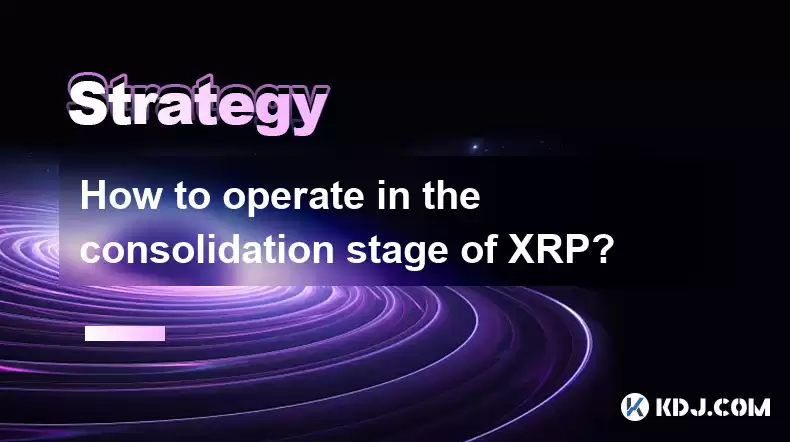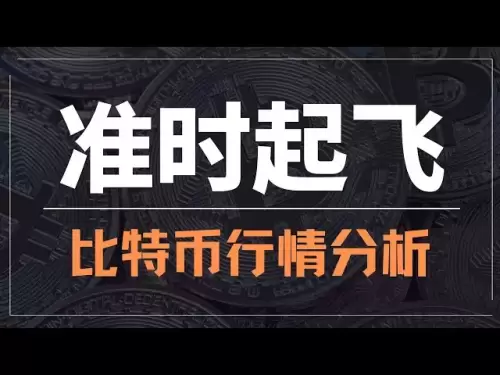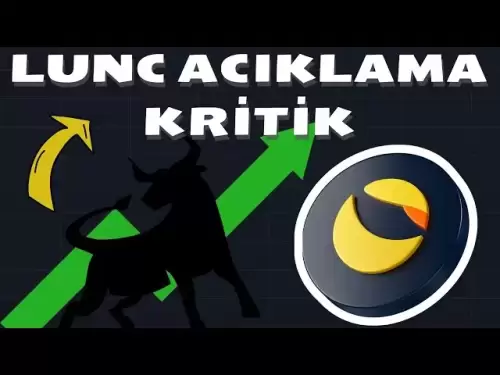-
 Bitcoin
Bitcoin $117300
1.93% -
 Ethereum
Ethereum $3866
5.21% -
 XRP
XRP $3.109
3.81% -
 Tether USDt
Tether USDt $1.000
0.01% -
 BNB
BNB $781.5
1.52% -
 Solana
Solana $173.0
2.95% -
 USDC
USDC $0.9998
0.00% -
 Dogecoin
Dogecoin $0.2181
6.31% -
 TRON
TRON $0.3403
0.93% -
 Cardano
Cardano $0.7683
3.91% -
 Hyperliquid
Hyperliquid $40.08
5.09% -
 Sui
Sui $3.742
7.38% -
 Stellar
Stellar $0.4152
4.69% -
 Chainlink
Chainlink $18.40
10.03% -
 Bitcoin Cash
Bitcoin Cash $580.6
2.21% -
 Hedera
Hedera $0.2543
4.25% -
 Ethena USDe
Ethena USDe $1.001
-0.01% -
 Avalanche
Avalanche $22.94
3.52% -
 Litecoin
Litecoin $121.8
2.24% -
 UNUS SED LEO
UNUS SED LEO $8.955
-0.41% -
 Toncoin
Toncoin $3.330
3.03% -
 Shiba Inu
Shiba Inu $0.00001270
2.97% -
 Uniswap
Uniswap $10.34
6.42% -
 Polkadot
Polkadot $3.805
3.86% -
 Dai
Dai $1.000
0.01% -
 Bitget Token
Bitget Token $4.429
1.80% -
 Cronos
Cronos $0.1495
4.65% -
 Monero
Monero $255.6
-9.08% -
 Pepe
Pepe $0.00001096
4.40% -
 Aave
Aave $282.9
7.85%
How to operate in the consolidation stage of XRP?
During XRP's consolidation, traders can use range trading, breakout trading, and scalping strategies, while employing risk management and technical analysis tools to navigate the market effectively.
Apr 18, 2025 at 09:36 pm

The consolidation stage of XRP, like any other cryptocurrency, refers to a period where the price action of the asset stabilizes within a certain range after a significant move either upward or downward. Operating effectively during this phase requires a nuanced understanding of market dynamics, technical analysis, and strategic trading approaches. In this article, we will explore various strategies and considerations for navigating the XRP market during its consolidation phase.
Understanding Consolidation in XRP
Consolidation in the context of XRP refers to a period where the price of the cryptocurrency moves sideways, typically after a period of significant volatility. This stage is characterized by the price trading within a defined range, with resistance and support levels that the price repeatedly tests. During this time, traders and investors often look for signs of a potential breakout or breakdown from this range, which could signal the next major move in the price of XRP.
Identifying Consolidation Patterns
To effectively operate during the consolidation stage of XRP, it is crucial to identify the patterns that indicate this phase. Common patterns include rectangles, triangles, and flags. These patterns can be spotted on various time frames, but for XRP, focusing on daily and weekly charts can provide a clearer picture of the consolidation range.
- Rectangles form when the price oscillates between parallel support and resistance levels.
- Triangles can be ascending, descending, or symmetrical, and they form when the range between support and resistance narrows over time.
- Flags appear as small, short-term consolidations within a larger trend, often resembling a parallelogram.
Using technical analysis tools such as trend lines, moving averages, and volume indicators can help in confirming these patterns and understanding the strength of the consolidation.
Trading Strategies During Consolidation
When XRP enters a consolidation phase, traders can employ several strategies to capitalize on the price movements within the range. Here are some approaches:
Range Trading
Range trading involves buying XRP near the support level and selling it near the resistance level. This strategy is based on the assumption that the price will continue to oscillate within the established range until a breakout occurs.
- Identify the range: Use historical price data to pinpoint the support and resistance levels.
- Set entry and exit points: Buy XRP when it approaches the support level and sell when it reaches the resistance level.
- Manage risk: Use stop-loss orders to limit potential losses if the price breaks out of the range unexpectedly.
Breakout Trading
Breakout trading is a strategy where traders aim to capitalize on the price moving out of the consolidation range. This approach requires patience and careful monitoring of the market.
- Monitor volume: A breakout accompanied by high trading volume is often considered more reliable.
- Confirm the breakout: Wait for the price to close above the resistance or below the support level before entering a trade.
- Set stop-losses: Place stop-loss orders just inside the broken range to protect against false breakouts.
Scalping
Scalping involves making numerous small trades throughout the day to profit from minor price movements within the consolidation range. This strategy requires a high level of attention and quick decision-making.
- Use short time frames: Focus on 1-minute to 15-minute charts to identify short-term price movements.
- Set tight stop-losses: Due to the small profit margins, it is essential to limit potential losses with tight stop-loss orders.
- Monitor market conditions: Be aware of any news or events that could affect XRP's price and adjust trading strategies accordingly.
Risk Management During Consolidation
Effective risk management is crucial during the consolidation stage of XRP. The following practices can help mitigate potential losses and protect your investment:
- Diversify your portfolio: Do not put all your capital into XRP. Spread your investments across different assets to reduce risk.
- Use stop-loss orders: Always set stop-loss orders to limit potential losses if the market moves against your position.
- Position sizing: Determine the appropriate size of each trade based on your overall risk tolerance and the volatility of XRP.
- Stay informed: Keep up with the latest news and developments related to XRP and the broader cryptocurrency market to anticipate potential price movements.
Psychological Aspects of Trading During Consolidation
Trading during the consolidation stage of XRP can be challenging due to the lack of clear directional movement. Here are some psychological tips to maintain discipline and focus:
- Avoid emotional trading: Stick to your trading plan and avoid making impulsive decisions based on short-term price fluctuations.
- Patience is key: Understand that consolidation phases can last for an extended period, and it is essential to wait for the right opportunities.
- Keep a trading journal: Document your trades and review them regularly to learn from your successes and mistakes.
Technical Analysis Tools for XRP Consolidation
Using technical analysis tools can enhance your ability to navigate the consolidation stage of XRP effectively. Here are some tools and indicators that can be particularly useful:
- Moving Averages: Use simple moving averages (SMA) and exponential moving averages (EMA) to identify trends and potential breakout points.
- Relative Strength Index (RSI): The RSI can help identify overbought or oversold conditions within the consolidation range, signaling potential reversal points.
- Bollinger Bands: These bands can help identify the volatility and potential breakouts from the consolidation range.
- Volume Profile: Analyzing the volume at different price levels can provide insights into where the price is likely to find support or resistance.
FAQs
Q: How long can the consolidation stage of XRP last?
A: The duration of the consolidation stage can vary widely, from a few weeks to several months. It depends on various factors, including market sentiment, news, and overall cryptocurrency market trends.
Q: Can fundamental analysis help during the consolidation stage of XRP?
A: While technical analysis is more commonly used during consolidation, fundamental analysis can still be beneficial. Understanding developments related to XRP, such as legal updates or technological advancements, can provide insights into potential future price movements.
Q: Is it advisable to hold XRP long-term during its consolidation phase?
A: Holding XRP long-term during consolidation can be a viable strategy for those who believe in the long-term potential of the cryptocurrency. However, it is essential to monitor market conditions and adjust your strategy as needed.
Q: What are some common mistakes traders make during the consolidation stage of XRP?
A: Common mistakes include overtrading, not setting stop-loss orders, and failing to adapt to changing market conditions. It is crucial to remain disciplined and follow a well-thought-out trading plan.
Disclaimer:info@kdj.com
The information provided is not trading advice. kdj.com does not assume any responsibility for any investments made based on the information provided in this article. Cryptocurrencies are highly volatile and it is highly recommended that you invest with caution after thorough research!
If you believe that the content used on this website infringes your copyright, please contact us immediately (info@kdj.com) and we will delete it promptly.
- Bitcoin Reserve, Gold Revaluation, Congress Considers: A New Era for US Financial Strategy?
- 2025-08-08 04:30:12
- KAITO's Momentum: Can It Reclaim Support Amidst Social Media Scrutiny?
- 2025-08-08 04:30:12
- Pi Coin's dApp and AI Potential: Building a Decentralized Future
- 2025-08-08 02:30:12
- Ruvi AI Takes the Lead: Outshining Dogecoin on CoinMarketCap
- 2025-08-08 02:50:12
- Cryptos Under $1: Is Ripple Still the King?
- 2025-08-08 03:50:12
- Cold Wallet, Bonk Price, ICP Price: Navigating the Crypto Landscape in 2025
- 2025-08-08 03:56:12
Related knowledge

How to avoid common crypto investment mistakes?
Jul 13,2025 at 01:35am
Understanding the Risks of Crypto InvestmentInvesting in cryptocurrency can be highly rewarding, but it also comes with significant risks. One of the ...

What is a long-short crypto strategy?
Jul 15,2025 at 10:56am
Understanding the Basics of a Long-Short Crypto StrategyA long-short crypto strategy is an investment approach where traders simultaneously take long ...

What is a long-short crypto strategy?
Jul 11,2025 at 01:28pm
Understanding the Basics of Long-Short Crypto StrategyA long-short crypto strategy is an investment approach where traders take both long and short po...

How to use the RSI indicator for crypto?
Jul 12,2025 at 03:56pm
Understanding the RSI Indicator in Cryptocurrency TradingThe Relative Strength Index (RSI) is a momentum oscillator used to measure the speed and chan...

Is copy trading a good strategy for crypto beginners?
Jul 12,2025 at 08:28am
Understanding Copy Trading in the Cryptocurrency MarketCopy trading is a strategy where novice traders replicate the trades of experienced investors a...

How to build a crypto portfolio with $1000?
Jul 13,2025 at 08:14pm
Understanding the Basics of Cryptocurrency InvestmentBuilding a crypto portfolio with $1000 starts with understanding the fundamentals of cryptocurren...

How to avoid common crypto investment mistakes?
Jul 13,2025 at 01:35am
Understanding the Risks of Crypto InvestmentInvesting in cryptocurrency can be highly rewarding, but it also comes with significant risks. One of the ...

What is a long-short crypto strategy?
Jul 15,2025 at 10:56am
Understanding the Basics of a Long-Short Crypto StrategyA long-short crypto strategy is an investment approach where traders simultaneously take long ...

What is a long-short crypto strategy?
Jul 11,2025 at 01:28pm
Understanding the Basics of Long-Short Crypto StrategyA long-short crypto strategy is an investment approach where traders take both long and short po...

How to use the RSI indicator for crypto?
Jul 12,2025 at 03:56pm
Understanding the RSI Indicator in Cryptocurrency TradingThe Relative Strength Index (RSI) is a momentum oscillator used to measure the speed and chan...

Is copy trading a good strategy for crypto beginners?
Jul 12,2025 at 08:28am
Understanding Copy Trading in the Cryptocurrency MarketCopy trading is a strategy where novice traders replicate the trades of experienced investors a...

How to build a crypto portfolio with $1000?
Jul 13,2025 at 08:14pm
Understanding the Basics of Cryptocurrency InvestmentBuilding a crypto portfolio with $1000 starts with understanding the fundamentals of cryptocurren...
See all articles

























































































